
Roots
There is a quiet dialogue held within each curl, each coil, a whisper of generations spanning epochs. It speaks of earth and sun, of hands that once anointed strands with wisdom passed down, not written. We carry these ancient blueprints within our very being, a genetic memory of care, of adornment, of identity expressed through the glorious textures that crown us.
This legacy, rich with its own intricate science and sacred practice, faced an immense reckoning when the shadows of colonial rule stretched across continents. Did the imposition of these alien legal frameworks truly alter the very breath and rhythm of textured hair care practices?

Ancestral Codes and Hair’s Form
To truly understand the colonial influence, we must first trace the pathways of ancestral understanding. Before the arrival of ships bearing new laws and different sensibilities, textured hair across Africa, the Caribbean, and Indigenous Americas was not simply a biological marvel; it was a living text. Hair anatomy, understood intuitively through countless generations of daily interaction, dictated care. The helix of a coily strand, its elliptical cross-section, the density of its cuticle layers – these fundamental biological truths were known not through microscopes but through touch, through observation of how particular herbs softened, how certain oils sealed in moisture.
Each strand was recognized for its unique inclination, its spirit, its way of being in the world. It was a holistic view, one where the physical nature of hair was inseparable from its spiritual and communal significance.
Ancestral knowledge of textured hair’s physical inclinations guided care practices long before scientific instruments offered their own explanations.
The classifications of hair, too, held a deep resonance. While modern trichology now employs numerical and alphabetical systems, ancient communities often identified hair types through metaphors drawn from nature ❉ the tight coil of a vine, the intricate twist of a river, the soft cloud of mist. These were descriptors that honored the hair’s intrinsic form and its connection to the natural world. Care regimens sprung directly from these observations.
For example, communities whose hair exhibited greater curl density might have utilized different methods for detangling or moisturizing, often employing mucilaginous plants or rich butters. This was not a scientific method in the Western sense, but rather a profoundly practical, experience-based epistemology.

When Laws Met Locks
The arrival of colonial powers brought with it more than just new governance structures; it brought a worldview that often sought to dismantle existing cultural expressions, including those deeply tied to hair. Laws were not always direct edicts on hair care, yet their pervasive spirit of control and subjugation invariably seeped into every facet of daily life, influencing even the tender rituals of hair. The very classification systems imposed by colonial powers were racial, hierarchical, and designed to codify difference for the purpose of control.
These systems often demonized African features, including hair, establishing a beauty standard that was often unattainable and psychologically damaging for those with textured strands. This imposed visual hierarchy began to shift perceptions of one’s own natural hair, subtly, yet profoundly, steering practices away from ancestral methods toward those that conformed to the dominant aesthetic.
One striking historical example of direct legal interference, albeit subtle in its initial phrasing, is the series of Tignon Laws enacted in Spanish colonial Louisiana starting in 1786. These laws mandated that free women of color, particularly those who were known for their elaborate and sometimes audacious hairstyles, cover their hair with a tignon, or headscarf, when in public (Arthur, 2011). While presented as a measure to control public appearance and maintain social order, the underlying current was to visually distinguish and subordinate free women of color, whose wealth and fashion, including their hair, often rivaled or surpassed that of white Creole women. This seemingly simple law had a profound ripple effect on hair care practices.
It led to an initial period of resistance, where women would tie their scarves in even more elaborate ways to maintain a sense of flair and defiance. However, over time, the constant need to cover one’s hair might have discouraged intricate styling underneath, or perhaps shifted focus from outward presentation to the internal nourishment of strands hidden from public view. It created a duality ❉ what was done to hair in private homes, steeped in ancestral practices, versus what was presented to a society under colonial gaze. The communal act of hair styling, a vibrant social gathering, often became more private, relegated to the intimacy of the home.
| Aspect of Hair Meaning |
| Pre-Colonial Ancestral View Spiritual connection, community marker, identity, status. |
| Colonial Imposed View Symbol of "otherness," perceived wildness, marker of lower social standing. |
| Aspect of Hair Care Practices |
| Pre-Colonial Ancestral View Holistic rituals, natural ingredients, communal activity, generational wisdom. |
| Colonial Imposed View Disrupted, devalued, often replaced by practices aimed at "straightening" or concealment. |
| Aspect of Hair Aesthetics |
| Pre-Colonial Ancestral View Celebration of natural form, intricate styles, adornment reflecting heritage. |
| Colonial Imposed View Preference for European aesthetics, leading to pressure for conformity. |
| Aspect of Hair The colonial encounter fundamentally shifted the public and private relationship with textured hair, moving from a space of reverence to one of subjugation. |

Ritual
The threads of ritual, both daily and ceremonial, were the lifeblood of hair care for many ancestral communities. These practices were not arbitrary; they were born of deep ecological knowledge, understanding of botanicals, and a keen awareness of the hair’s unique structure and needs. When colonial powers asserted their dominance, they often did so by disrupting established social structures, severing connections to traditional lands, and devaluing ancestral knowledge systems. This had an indirect, yet powerful, impact on the rituals that upheld textured hair health.
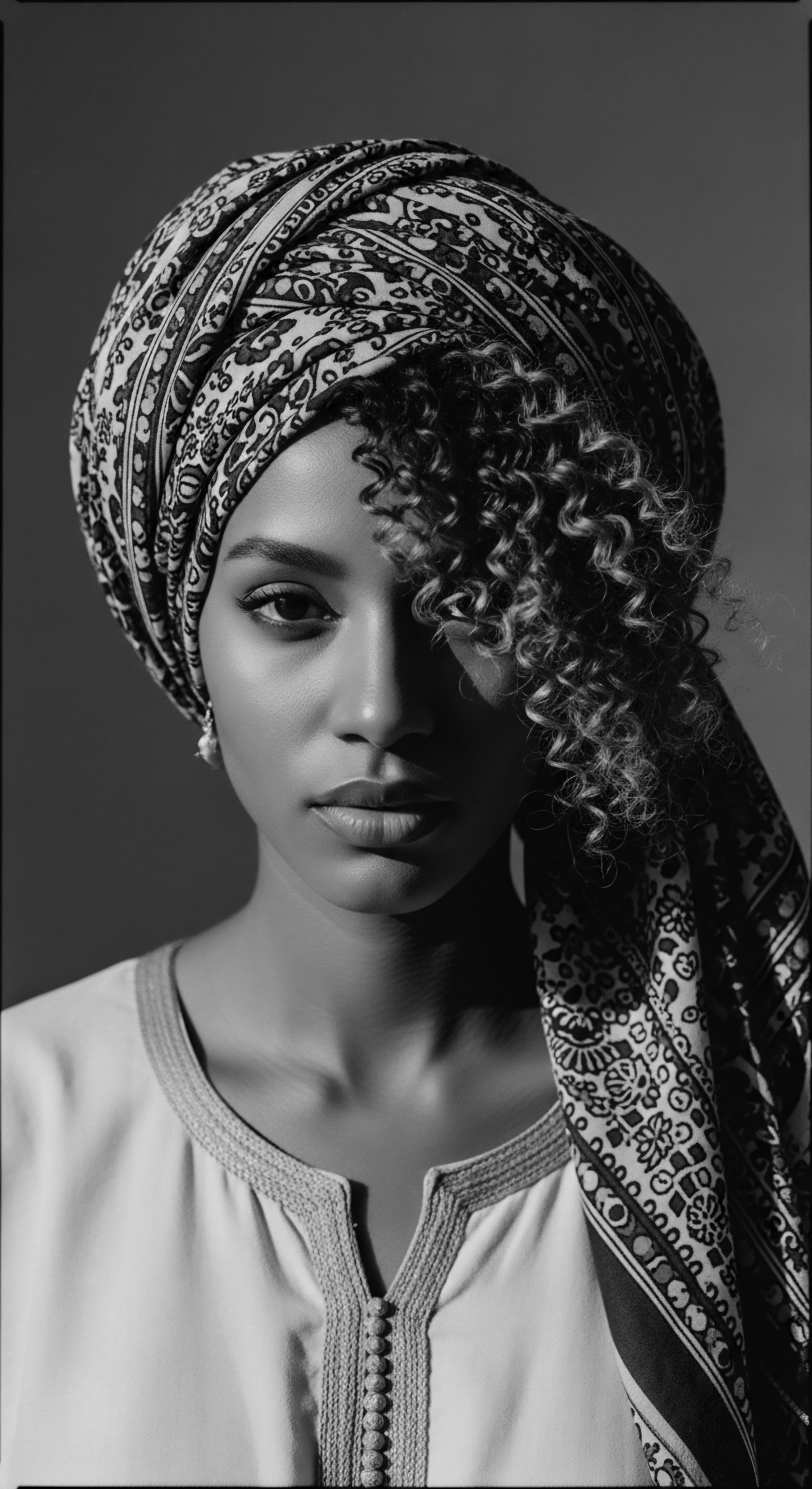
Shifting Hands and Tools
Consider the tools of hair care. Before colonial influence, communities relied on implements crafted from natural materials ❉ combs carved from wood or bone, simple picks, and instruments for braiding or weaving. These tools were extensions of the hands, deeply connected to the natural world. As colonialism brought new trade routes, it also introduced new materials and, subtly, new ideas about what constituted “proper” hair care.
While not directly legislated, the economic pressures and forced labor systems often meant less time for elaborate, traditional styling rituals. The focus shifted from the time-intensive art of braiding and intricate coiling to more expedient, sometimes less hair-friendly, methods, as individuals struggled for survival under harsh conditions.
The very availability of ancestral ingredients was also compromised. Colonial ventures prioritized cash crops and resource extraction, often at the expense of indigenous plant cultivation. This meant that the oils, butters, and herbs that formed the basis of traditional hair concoctions became scarcer or inaccessible, forcing people to adapt with whatever was available, or to rely on imported, often inferior, products.
The disruption of agricultural practices had a cascading effect, touching even the intimate sphere of self-care. The science of hair was always tied to the land; when the land was exploited, so too was the holistic wisdom it provided.
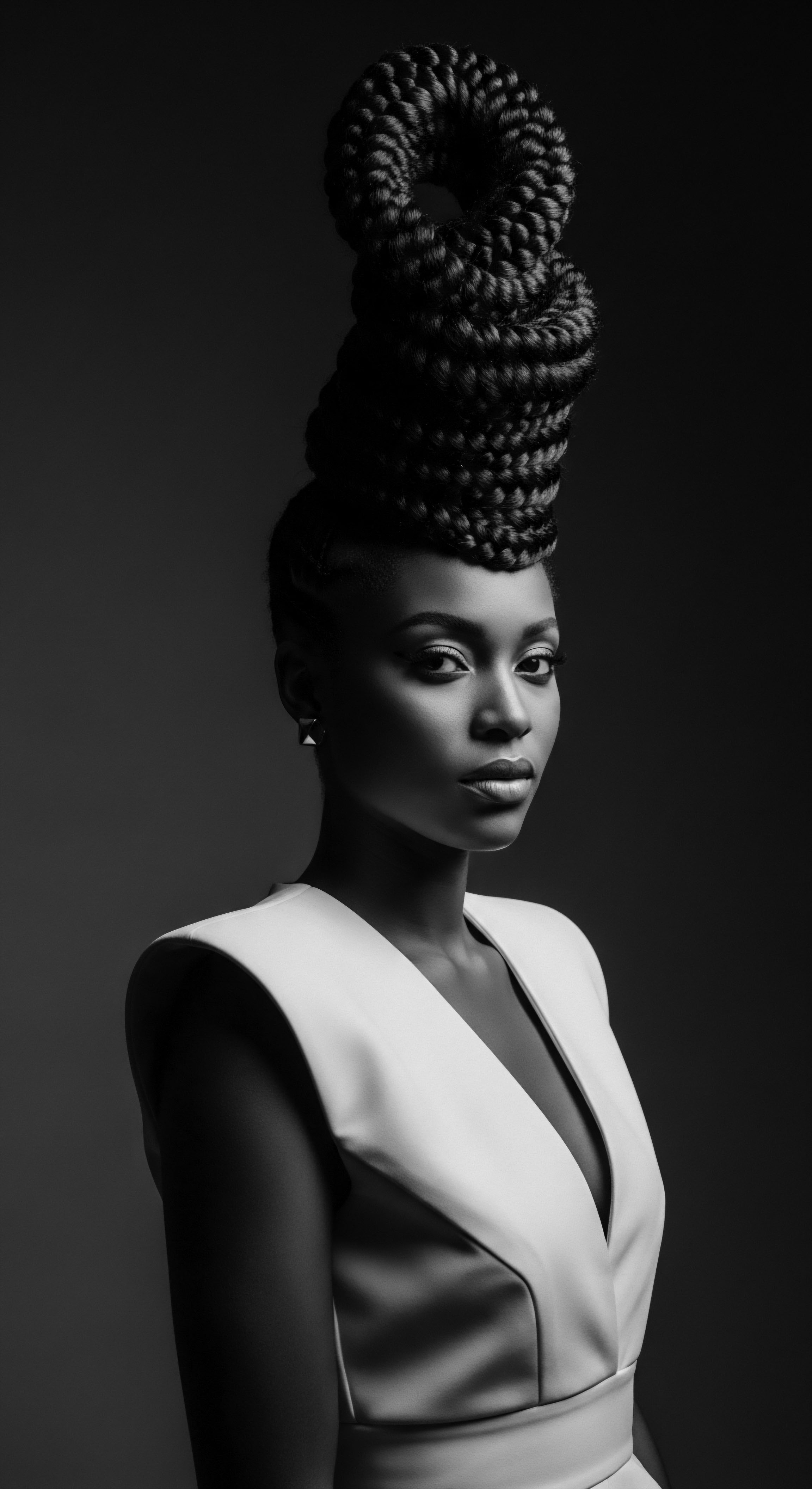
Protective Styles and Public Display
Protective styles, deeply embedded in the heritage of textured hair, served multiple purposes ❉ protection from the elements, communication of social status, tribal affiliation, and spiritual belief. Cornrows, twists, and locs were not merely aesthetic choices; they were living statements . Colonial laws, however, frequently imposed dress codes and sumptuary laws that dictated what enslaved people or colonized subjects could wear, own, or display.
While these laws might not have explicitly mentioned hair, the broader restrictions on clothing, jewelry, and public assembly often created an environment where elaborate or overt traditional hairstyles became a liability, inviting unwanted scrutiny, punishment, or even violence. This led to a necessity for concealment, transforming public hair practices into more subdued or hidden forms.
The communal beauty of protective styles, once a vibrant expression of identity, was often pushed into private spaces by the chilling presence of colonial scrutiny.
This period saw an unfortunate emphasis placed on modifying textured hair to approximate European straightness. This external pressure, coupled with the scarcity of traditional resources, led to the adoption of practices like hot combing or early forms of chemical relaxers, which, while offering a semblance of conformity, often caused significant damage to the hair and scalp. These were not choices made in a vacuum; they were responses to a pervasive system that equated proximity to European appearance with social acceptance or even physical safety. The resilience of heritage meant that ancestral knowledge never completely vanished, but it certainly bent and adapted under immense pressure.
- Shear Butters ❉ Often a primary emollient and sealant in West African traditions, its collection and use became harder under colonial disruption of local economies.
- Palm Oils ❉ A versatile ingredient for conditioning and styling, its availability was impacted by shifts in land use and trade priorities imposed by colonial powers.
- African Black Soaps ❉ Traditional cleansing agents derived from plantain skins and other natural ashes, their production and widespread use diminished as European commercial soaps were introduced and promoted.
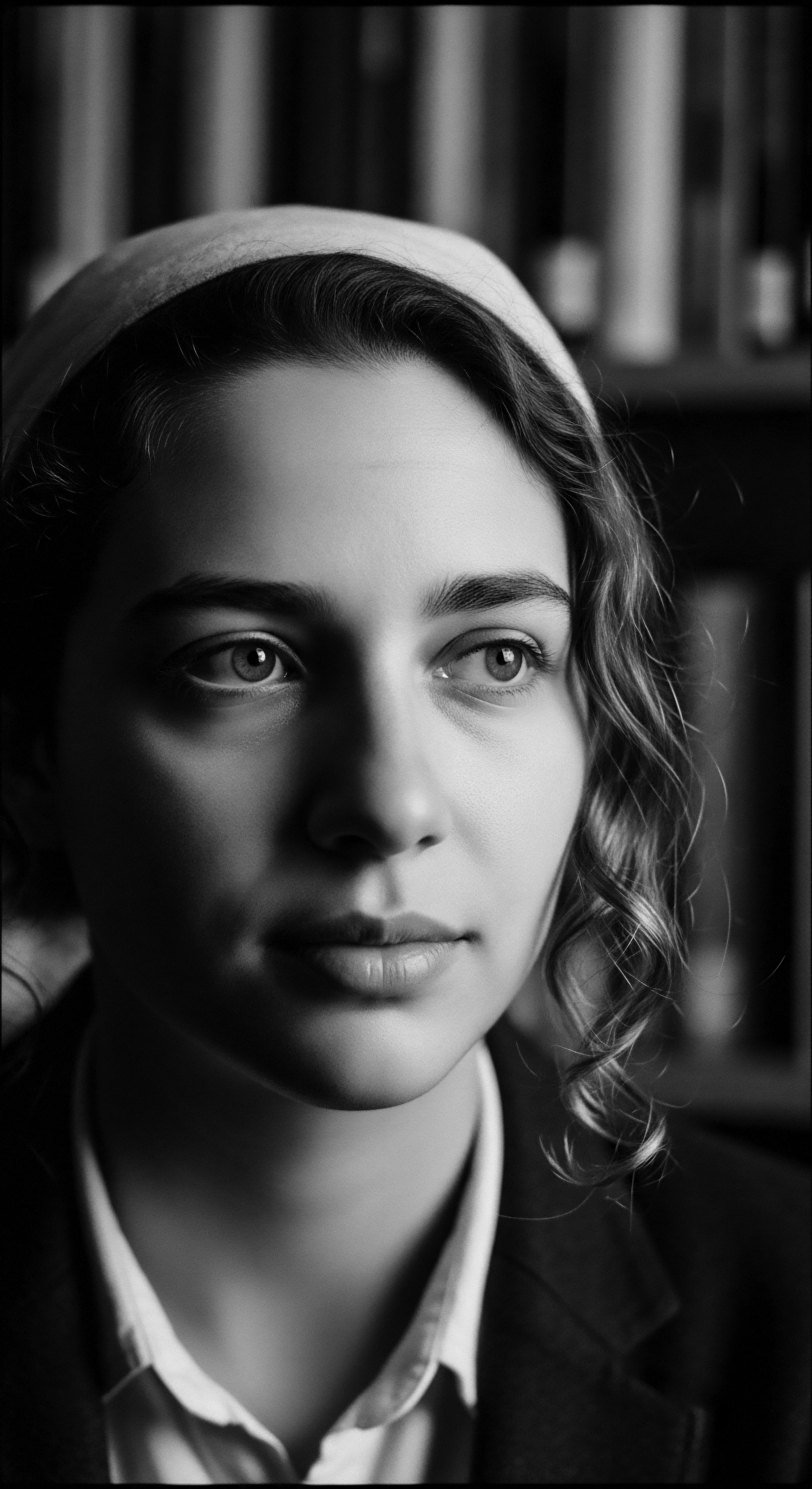
Relay
The journey of textured hair care, from its primal origins to its contemporary iterations, is a testament to resilience, adaptation, and the enduring power of heritage. Colonial laws, though often veiled in their direct impact on hair, created systemic conditions that profoundly reshaped how individuals nurtured their coils and curls. This influence was not a singular event but a continuous pressure that filtered through generations, affecting everything from daily wash routines to the very perception of hair health.

A Legacy of Adaptation and Resistance
The holistic approach to hair wellness, deeply rooted in ancestral philosophies, understood hair not as an isolated appendage, but as an integral part of the body, mind, and spirit. Illness, diet, and spiritual well-being were intrinsically linked to the hair’s condition. Colonialism, with its imposition of Western medical models and disruption of traditional diets and community structures, inadvertently fractured this holistic understanding.
The forced dietary changes, the introduction of processed foods, and the immense psychological stress of chattel slavery and colonization, all contributed to physical ailments that manifested in hair, such as thinning or breakage. These issues, though biological, were a direct consequence of the colonial project, creating new challenges for textured hair that ancestral practices, in their original context, had not necessarily prepared for.
The fight for hair autonomy, a quiet rebellion in many instances, became a critical aspect of asserting selfhood. Despite laws aimed at suppressing cultural expression, the knowledge of traditional hair care was often preserved in whispers, passed down from elder to child, sometimes under the cover of darkness. These acts of preservation became acts of resistance, ensuring that a connection to ancestral wisdom, however attenuated, remained.
It became a profound statement of identity when other forms of expression were denied. The very act of caring for textured hair in its natural state, in defiance of dominant beauty standards, became a powerful articulation of dignity.
The quiet persistence of ancestral hair care, passed through generations despite systemic pressure, became a potent symbol of enduring heritage.

The Nighttime Sanctuary and Hidden Wisdom
Nighttime rituals, particularly the protection of hair during sleep, hold a significant place in the heritage of textured hair care. The use of head coverings, from traditional wraps to modern bonnets, is deeply practical for preserving moisture and preventing tangling. How did colonial laws intersect with this private, yet crucial, aspect of care? While direct laws governing bedtime routines were uncommon, the colonial impact on living conditions, access to materials, and the sheer mental and physical exhaustion of daily life often meant that even these essential rituals were performed under duress or with limited resources.
The materials for traditional headwraps or the time to prepare hair meticulously for sleep might have been scarce. Yet, the practice persisted, a silent testament to the ingrained wisdom of maintaining hair health, even in adversity.
Moreover, the function of head coverings evolved. What was once a symbol of beauty, status, or protection in ancestral lands, sometimes became a mandated symbol of subjugation under colonial rule, as seen with the Tignon Law. Yet, within the confines of the home, freed from the colonial gaze, these coverings regained their original purpose ❉ a functional tool for preservation and a private connection to cultural lineage. This duality highlights how communities adapted, reclaiming the utility of practices even as their public symbolism was distorted.
- Coconut Oil ❉ Introduced through trade but widely adopted in many colonized regions, especially the Caribbean, for its conditioning properties.
- Castor Oil ❉ A traditional African and Caribbean staple for hair growth and scalp health, its use persisted strongly despite colonial pressures.
- Aloe Vera ❉ Used for centuries for soothing and moisturizing, its cultivation and application for hair remained a consistent ancestral practice.
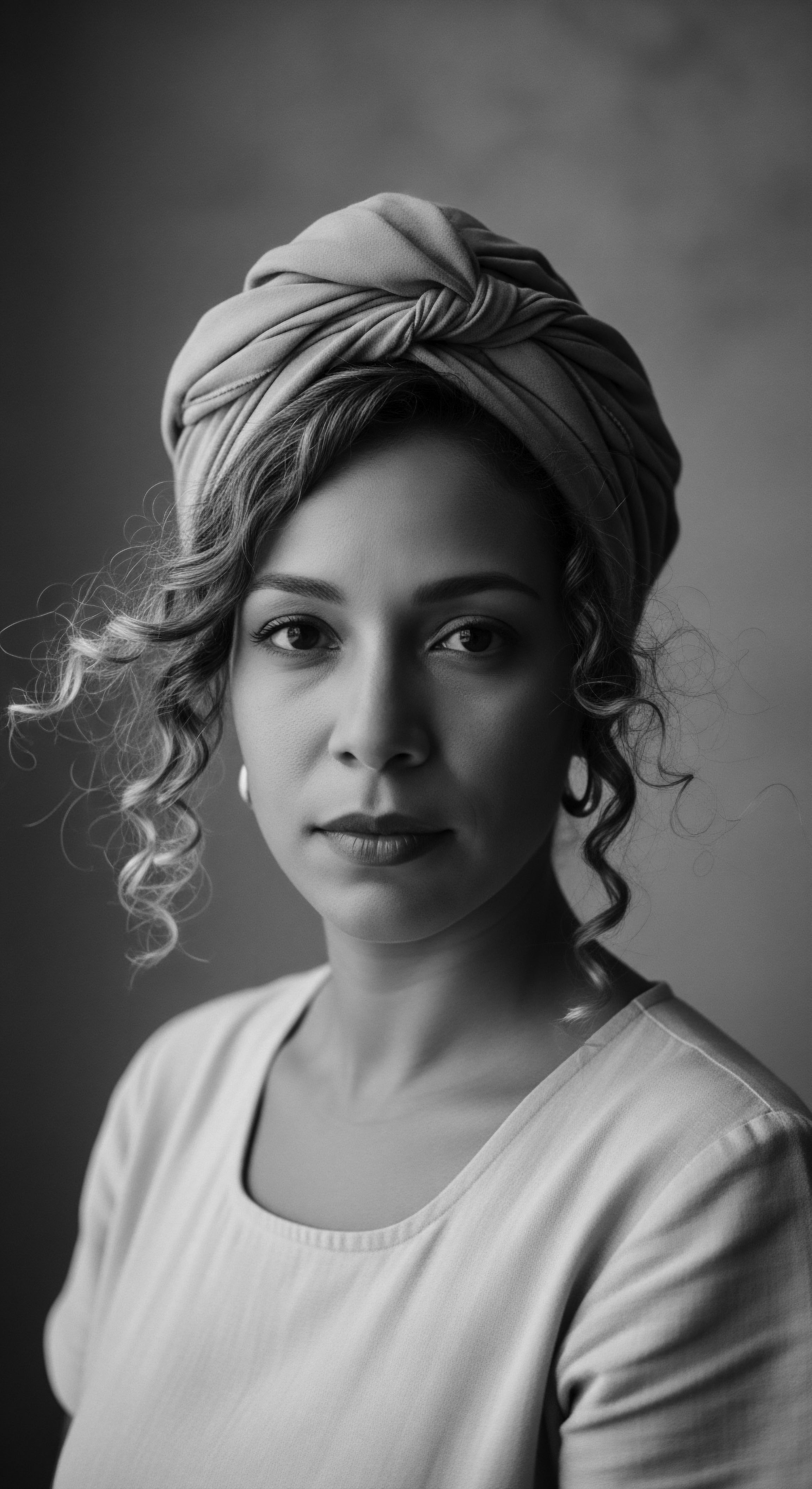
The Lingering Echoes and Unbound Futures
The legacy of colonial laws on textured hair care is complex and enduring. It is a story of disruption, adaptation, and remarkable resilience. While direct legislation specifically targeting daily hair care practices might have been less common, the pervasive atmosphere of racial hierarchy, economic exploitation, and cultural suppression undeniably shaped the trajectory of textured hair and its care. It fostered a preference for altered textures, created barriers to ancestral knowledge and resources, and burdened individuals with the psychological weight of non-conformity.
Today, as we stand at a precipice of profound cultural reclamation, understanding this history is not about dwelling in the past, but about illuminating the pathways forward. The resurgence of natural hair movements globally is a powerful collective declaration, an undoing of colonial aesthetics and a re-centering of heritage. It is a conscious choice to honor the innate structure of our hair, to return to the wisdom of our ancestors, and to redefine beauty on our own terms.
The science of textured hair, now increasingly understood through modern research, often validates the very principles that ancestral communities instinctively knew and practiced. The synergy between scientific understanding and inherited wisdom promises a boundless future for textured hair, one where its heritage is celebrated, and its care is truly free.
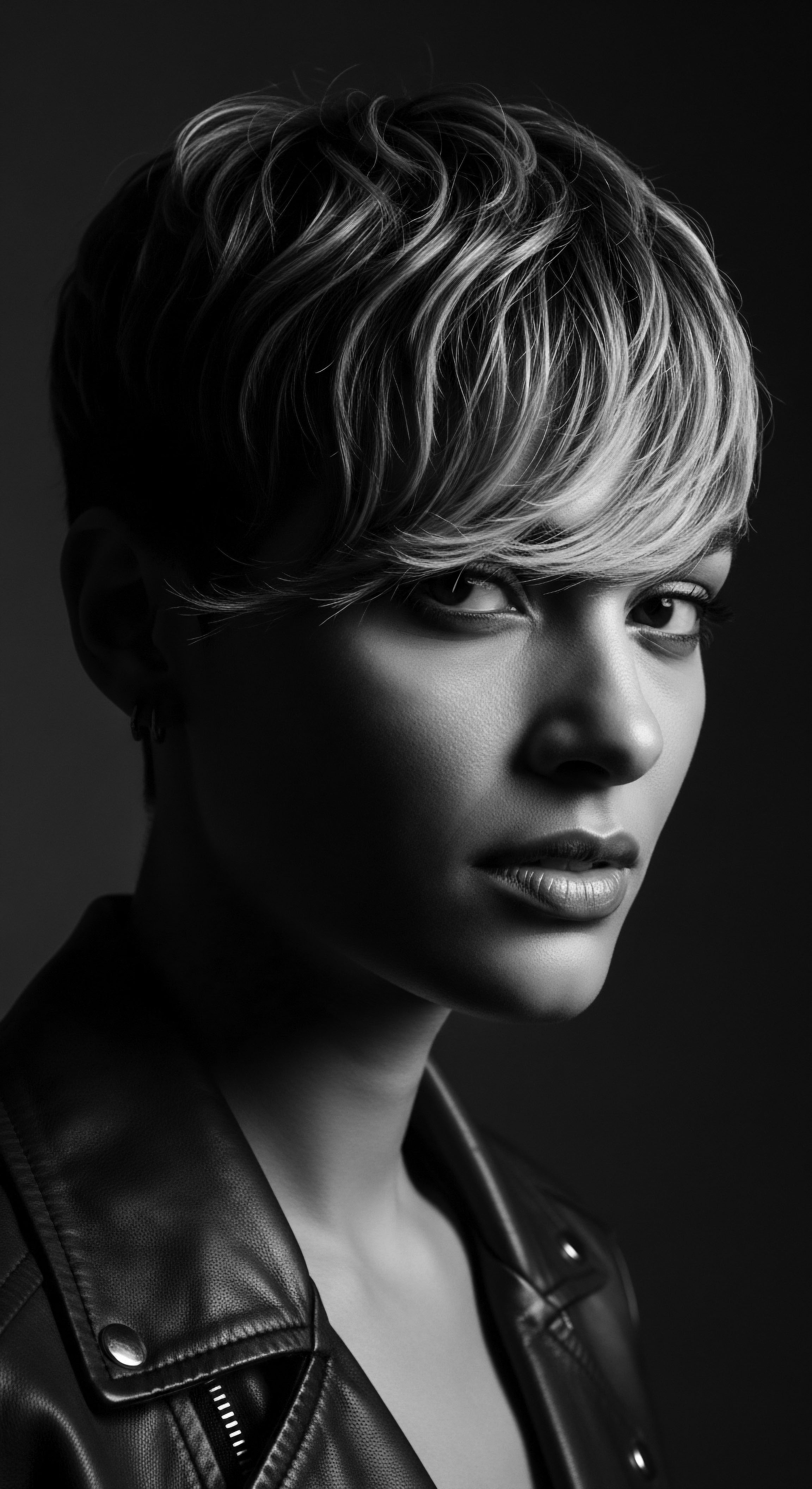
Reflection
The story of textured hair care, when truly considered, reaches beyond mere cosmetic practices. It is a profound meditation on resilience , a living archive of a people’s journey through time, a continuous dialogue between ancestral wisdom and the persistent echoes of history. Each coil, each curve, carries within it the spirit of countless hands that nurtured, adorned, and defended its innate form. The question of whether colonial laws influenced these practices finds its answer not only in legislative texts but in the very fiber of our collective memory—in the adaptations, the quiet defiance, and the enduring connection to what was once, and always will be, a source of profound identity.
Roothea’s ‘Soul of a Strand’ ethos reminds us that hair is more than keratin; it is a repository of heritage, a testament to unbroken lineage. The colonial project sought to sever these connections, to impose a uniform vision of beauty that denied the intricate diversity of textured hair. Yet, the wisdom survived, passed down through whispers, through touch, through the very persistence of tradition.
To care for textured hair today, then, is to participate in this continuum, to honor the journey from elemental biology and ancient practices (‘Echoes from the Source’), through the living traditions of care and community (‘The Tender Thread’), to its role in voicing identity and shaping futures (‘The Unbound Helix’). It is a sacred trust, a reclamation of inherent beauty, and a bold declaration that the spirit of a strand, rooted in deep heritage, remains forever unbound.

References
- Arthur, Elizabeth N. (2011). Hair Story ❉ Untangling the Roots of Black Hair in America. St. Martin’s Press.
- Byrd, Ayana D. & Tharps, Lori L. (2014). Hair Story ❉ Untangling the Roots of Black Hair in America (Revised and Updated Edition). St. Martin’s Griffin.
- Mercer, Kobena. (1994). Welcome to the Jungle ❉ New Positions in Black Cultural Studies. Routledge.
- hooks, bell. (1995). Art on My Mind ❉ Visual Politics. The New Press.
- Rooks, Noliwe M. (1996). Hair Raising ❉ Beauty, Culture, and African American Women. Rutgers University Press.
- White, Deborah G. (1999). Ar’n’t I a Woman? ❉ Female Slaves in the Plantation South. W. W. Norton & Company.
